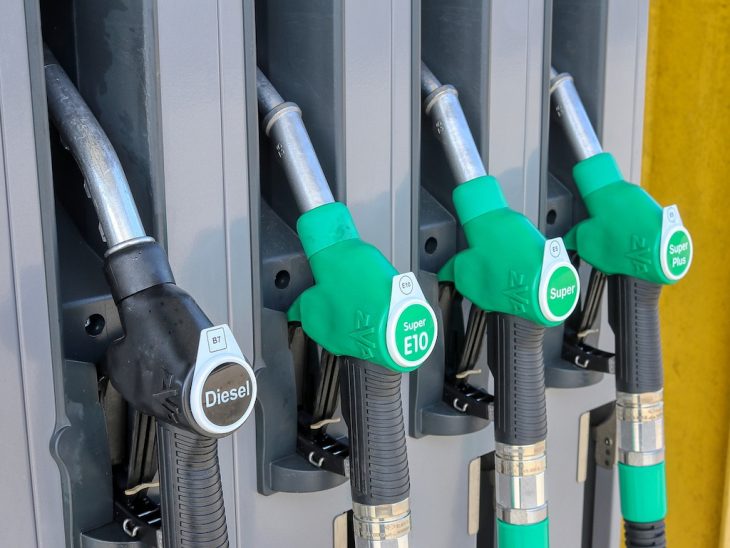Pump prices remained “stubbornly static” in July despite scope to be lowered.
In the month where fuel retailers were revealed by the Competition and Markets Authority (CMA) to have overcharged drivers by £1.6bn in 2023, data from the RAC shows average petrol and diesel prices in July were stuck at 145p (144.76p) and 150p (149.8p) per litre.
That’s despite reductions in wholesale fuel prices and means drivers are on average still paying 5p more than they should be for petrol and 8p too much for diesel. This equates to nearly £3 a tank (£2.75) for petrol and £4.40 for diesel.
RAC analysis of wholesale prices shows average retailer margins are at 13p a litre for unleaded, up 3p in July, and at 14.5p for diesel. Compared to the long-term averages of 8p, it means drivers should really be paying 140p for unleaded and 142p for diesel.
In Northern Ireland, where retailers continue to take a margin of around 8p a litre, petrol is on sale for an average of 140p (139.7p) and diesel for 142p (141.6p) a litre – 5p and 8p lower than the UK average.
UK supermarkets are 3p below the UK averages for both petrol and diesel – with a litre of unleaded averaging 142p and diesel 147p at the 1,664 forecourts operated by the four major brands. But there are some stark differences between each brand’s lowest and highest prices. Buying petrol at an Asda-run forecourt – anywhere apart from on the motorway – can vary by as much as 18p a litre, which is the highest of any supermarket.
And for diesel, the gap between Asda’s low and high prices off motorways is 21p, with its rivals having a difference of around 13p.
RAC analysis also reveals that Asda – which operates 665 forecourts, of which around half are at its supermarket stores – only provided pump prices to the Competition and Markets Authority voluntary data scheme on 12 days in July (39% of the time), giving it the worst compliance record of the 14 participating retailers. The three other supermarkets submitted data every day in July as did BP, Shell and the Motor Fuel Group. Retailers Ascona Group, which runs 61 forecourts under a variety of fuel brands, and SGN, which has 102, were the only others not to have a 100% record, supplying data 25 and 22 times out of the 31 days of the month respectively.
RAC head of policy Simon Williams said: “It must be incredibly galling for drivers to see the UK average price of petrol stubbornly static at 145p when the wholesale cost merits lower pump prices – something clearly demonstrated by the fact those in Northern Ireland are paying 5p less. For diesel, things are even worse as the price difference is 8p.
“The introduction of the Government’s Pumpwatch scheme can’t come soon enough, and neither can the setting up of the official price monitoring body, so long as the latter has the power to clamp down on retailers who consistently overcharge.”











































